| Type |
3-seat medium bomber |
| Engine |
2 Walter Super Castor IMR |
| Dimensions |
Length 13,21 m , height 3,4 m , span 19,2 m , wing area 45,3 m2 , |
| Weights |
Empty 3006 kg, loaded 4364 kg , max. take off weight |
| Performance |
Max.. speed 322 km/h at 1750 m , cruising speed 290 km/h , range 1199 km, endurance , service ceiling 5800 m , climb 6,75 m/sec. |
| Armament |
1 fixed forward-firing 7.92 mm ZB-30 machine gun ,1 7.92 mm vz30 machine gun in dorsal turret ,1 7.92 mm vs30 machine gun in rearward firing ventral position
Bombs: Up to 300 kg (660 lb) of bombs |
| Type |
Werk.Nr |
Registration |
History |
| A |
A |
VB+HL |
A |
|
|
VB+HO |
|
|
|
VB+HQ |
|
|
|
VB+HR |
|
|
|
VB+HT |
E.Stelle Travemünde |
|
|
VB+HU |
FFS A/B 71 |
|
|
VB+HW |
FFS A/B 71 |
|
|
BH+AI |
|
|
|
BO+CD |
|
|
|
SE+YD |
|
|
|
KA+BA |
|
|
|
D-OGHF |
|
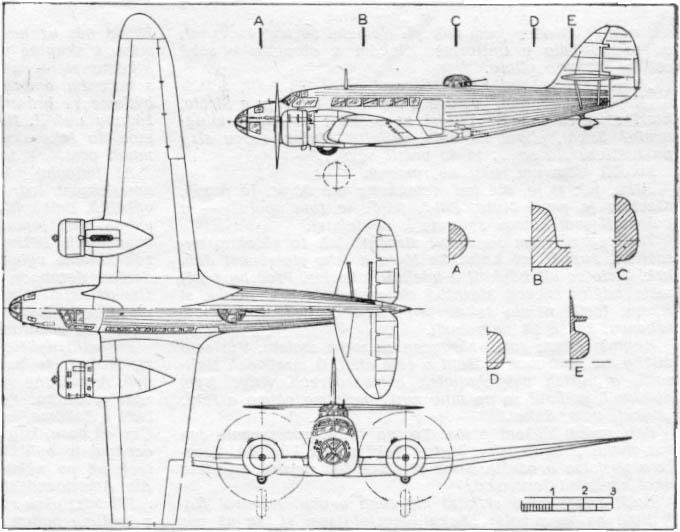
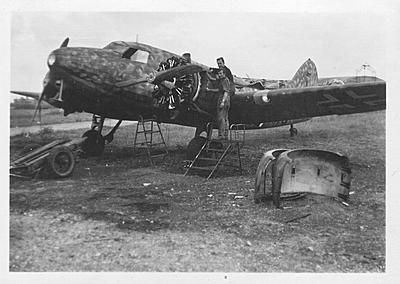
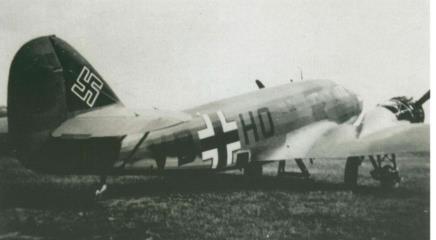
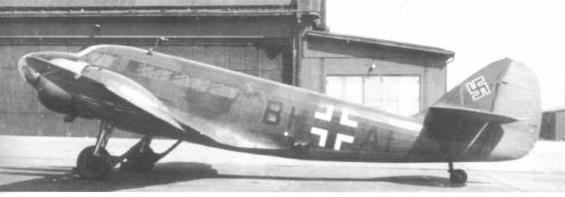
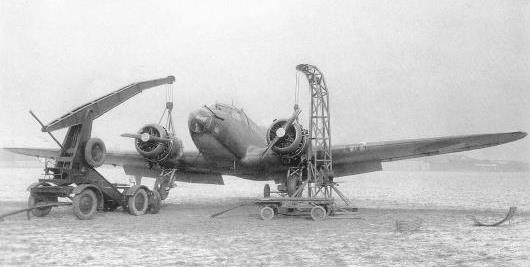
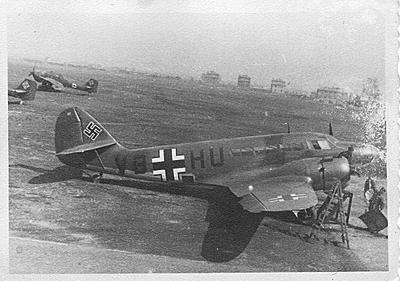
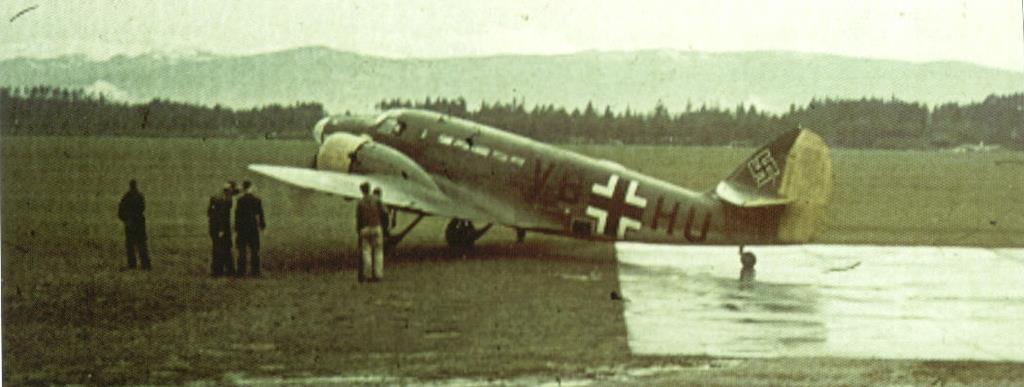
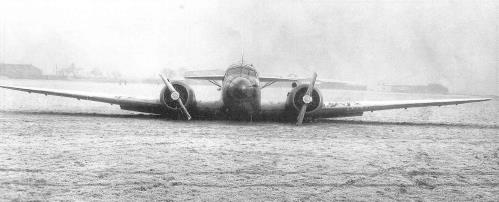
The Aero A.304 originally began life as the Aero A.204 passenger airliner produced by Aero Vodochody of Czechoslovakia. The prototype passenger model achieved first flight in 1936 with its intended customer being Czech Airlines (CSA). The design was traditional with low-set monoplane wings, a streamlined fuselage and large tail surfaces. However, when the airliner elected to go with the competing British Airspeed Envoy instead, Aero was left with a competent design and no buyers. To make something out of the seemingly lost situation, Aero took to modifying their design for the military market as a dedicated twin-engine light bomber. Considering that Europe was on the verge of all-out World War, this proved a rather prudent initiative. The design in its revised form then became the Aero A.304. The first prototype flew in 1937 and orders for the type were received from the interested Czechoslovakian Air Force.
The A.304 mimicked much of the A.204's design complete with the low-set wing arrangement, stout rounded fuselage and tail assembly. The nose was glazed over to provide vision for the bombardier. The cockpit was stepped and offered up vision to the front, sides and above the aircraft to a limited extent. A dorsal turret emplacement was set at amidships to provide for defense against enemy fighters. A line of windows ran along each fuselage side. Engines were set in streamlined nacelles along each wing leading edge. Wingtips were elegantly rounded as were the end surfaces of the tail. The undercarriage was of the "tail dragger" arrangement with two single-wheeled main landing gear legs under each engine nacelle and a single diminutive tail wheel installation.
Power for the A.304 came from 2 x Walter Super Castor I MR 9-cylinder, air-cooled radial piston engines delivering 460 horsepower apiece. The Walter Super Castor was an indigenous 9-cylinder Czech aircraft engine based on the original Walter Castor 7-cylinder of the 1920s. Top listed speed was 200 miles per hour with a cruise speed of about 180 miles per hour. Range was limited to 745 miles and a service ceiling of 19,000 feet was reported. Rate-of-climb was 1,330 feet per minute.
A standard operational crew consisted of four personnel. This included the two pilots, a navigator that doubled as the bombardier and a dedicated machine gunner.
As a dedicated bomber, the Aero A.304 was defended from enemy fighters by machine guns. This included a fixed, forward-firing 7.92mm ZB-30 series machine gun as well as a 7.92mm vz.30 type machine gun in the dorsal turret. The turret was manually operated with no external power support. An additional 7.92mm vz.30 machine gun was used in a trainable rearward firing crew position intended to attack aircraft lower than the dorsal turret's arc of fire. A typical bombload of 660lbs could be carried for offensive work and these were all held externally across three hard points - underfuselage and under each wing.
After the fall of Czechoslovakia to the German Army, the Aero A.304 saw limited service with the German Luftwaffe. During time, the nation of Czechoslovakia technically did not exist for the country was divided into the Protectorate of Bohemia and Moravia and the Slovak Republic. Regardless, a government-in-exile continued to exist outside of the country borders, authorities now being based in London for the duration of the war. Before the German invasion, Aero was also working on a refined and improved form of the A.304 known as the "A.300" which first flew in 1938 with a pair of Bristol Mercury IX 9-cylinder radial piston engines (818hp each) installed. However, the German invasion disrupted all future work and the bomber fell to history. Bulgaria became the only other foreign operator of the A.304 and managed to maintained just one flight group for a time. These aircraft were known under the designation of "Pelikan".
In all, only 19 A.304 bombers were produced by Aero. A.304s served from 1937 to 1945.







